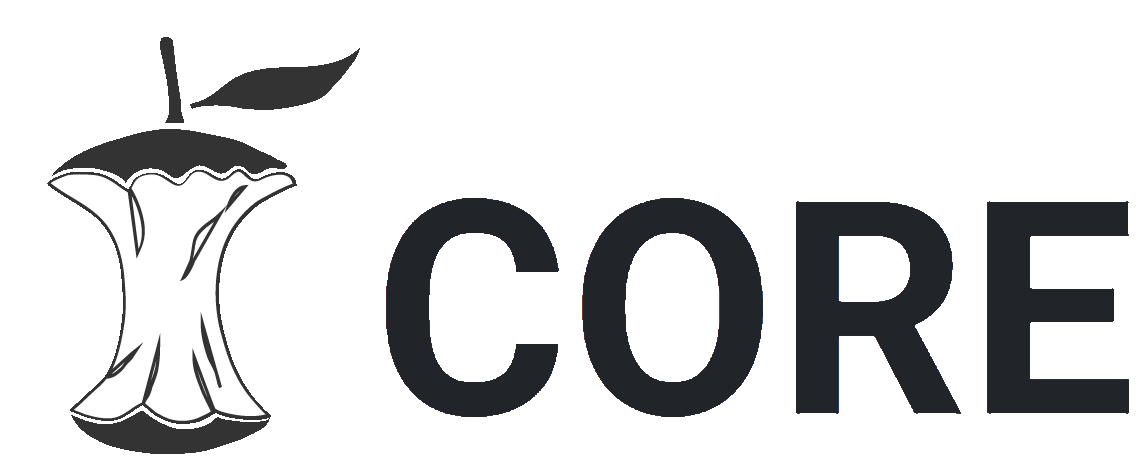Publicación: Interfaz gráfica tipo educativo para el procesamiento de Imágenes Dicom
Portada
Citas bibliográficas
Código QR
Director
Autor corporativo
Recolector de datos
Otros/Desconocido
Director audiovisual
Editor/Compilador
Editores
Tipo de Material
Fecha
Cita bibliográfica
Título de serie/ reporte/ volumen/ colección
Es Parte de
Resumen
Los avances tecnológicos han permitido generar herramientas que ayudan en un diagnóstico temprano de múltiples enfermedades con el fin de aumentar las posibilidades en las condiciones de vida de los pacientes y la esperanza de vida de los pacientes. En este sentido una de las bondades de las tecnologías al servicio de la salud contribuye al estudio de la composición interna del cuerpo humano, las cuales se realizan a través de tomografías computarizadas y resonancias magnéticas, entre otras. Es así que, este tipo de herramientas tecnológicas posibilitan observación, comparación y la fácil percepción de las tres dimensiones del cuerpo, generando un mayor detalle en los hallazgos y por ende en un diagnóstico eficaz sobre las condiciones de salud de un paciente A partir de lo anterior se toma como base, una herramienta que permite relacionar un formato de almacenamiento y distribución de imágenes médicas, este formato se hace llamar DICOM. Esta herramienta permite la selección de una buena parte de la imagen que contiene la información que está sujeta la imagen visual, así como la interpretación de sondeo que va más allá de una escueta imagen en escala de grises. La presente investigación resalta la importancia de DICOM y el uso de herramientas que permitan procesar imágenes clínicas reales con el objetivo de darle al estudiante un instrumento pedagógico que le permita comprender de manera práctica las características que tienen los filtros en una imagen, las transformaciones básicas (contraste, brillo, binarización), detección de bordes y contaminación con diferentes ruidos
Resumen
Technological advances have made it possible to generate tools that help in the early diagnosis of multiple diseases in order to increase the possibilities in patients' living conditions and the life expectancy of patients. In this sense, one of the benefits of technologies at the service of health contributes to the study of the internal composition of the human body, which is carried out through computerized tomography and magnetic resonance, among others. Thus, this type of technological tools allow observation, comparison and easy perception of the three dimensions of the body, generating greater detail in the findings and therefore in an effective diagnosis on the health conditions of a patient Based on the above, it is based on a tool that allows to relate a storage format and distribution of medical images, this format is called DICOM. This tool allows the selection of a good part of the image that contains the information that is subject to the visual image, as well as the interpretation of sounding that goes beyond a brief grayscale image. This research highlights the importance of DICOM and the use of tools that allow the processing of real clinical images with the aim of giving the student a pedagogical instrument that allows him to understand in a practical way the characteristics that filters have in an image, the basic transformations (contrast, brightness, and binarización), edge detection and contamination with different noises
Descripción general
Notas
URL del Recurso
Identificador ISBN
Identificador ISSN
Página de inicio
Es Parte del Libro
Colecciones


 PDF
PDF  FLIP
FLIP 


